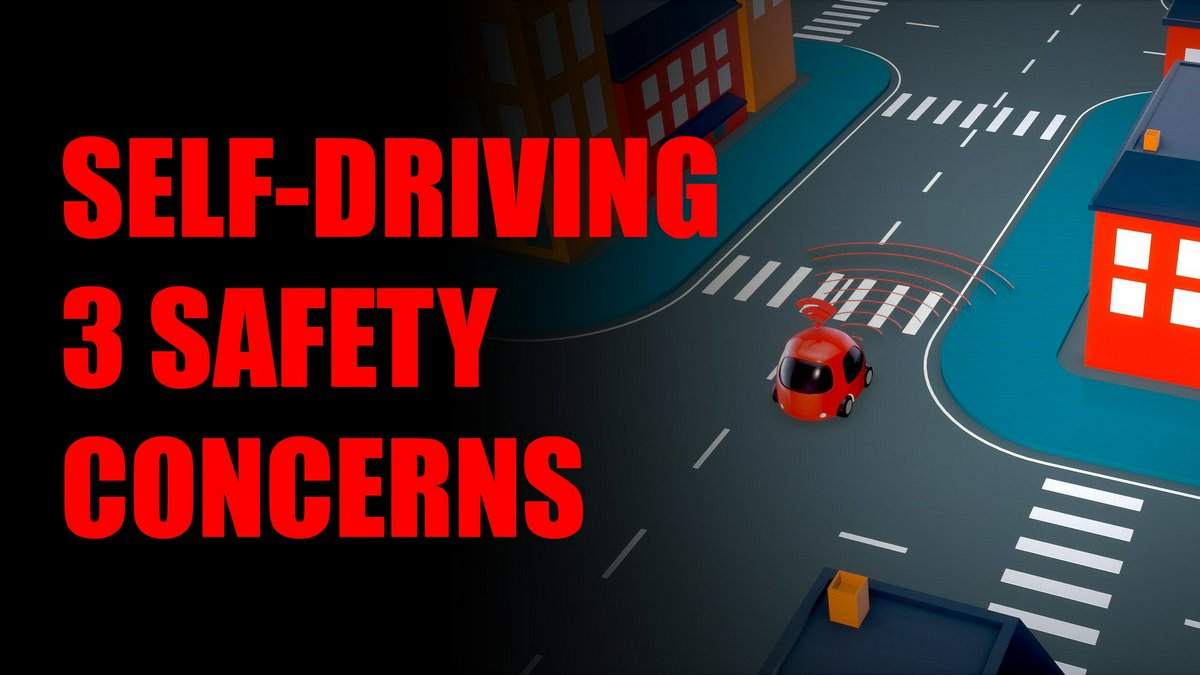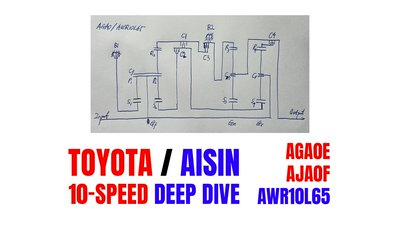techXXX
Autonomous Driving: Three Major Safety Concerns
Self-driving cars have three major safety concerns: algorithm and computing power, electronics equipment, and network security. Today, I briefly explain each of them.
Published by Dr Jiulin Teng on 28 May 2024
Keywords: aiself-driving

Self-driving cars have three major safety concerns. Today, I briefly explain each of them.
Algorithm & Computing Power
The first safety concern is the algorithm responsible for driving the car and the computing power of the machine that runs it. Real-world traffic conditions are extremely complex, and advanced AI is required for any self-driving car. Carmakers can sell the dream of a self-driving future, but AI software, which has no additional cost per vehicle once developed, is only half the solution.
AIs are like humans: Algorithm is akin to skill or lessons, but the hardware on which the software runs is akin to the brain. Some people simply cannot learn to drive; some can drive, but not without running into accidents every few weeks. For AIs, if the computing power is insufficient, algorithm alone will not solve the problem.
Unfortunately, to process complex, highly ambiguous traffic conditions instantaneously, AIs demand an inordinate amount of computing power. Some carmakers would have you believe that, by using some sensors that the humans do not have, their cars can handle real-world traffic. The truth is that it is not the want of sensor inputs but of the proper means to process them that is the barrier to autonomous driving. Pushing incomplete software with insufficient computing power invariably leads to compromised on-road safety.
Electronics Equipment
A more fundamental safety concern about self-driving cars is the fact that the functioning of autonomous driving depends on electronics equipment, which invariably fails. In fact, everything that humans have engineered and built eventually fails. The difference is that this particular piece of electronics equipment has full control of the car: It can accelerate into oncoming traffic if it wants to.
In other words, when the self-driving computer is failing, it is comparable to a human driver suddenly having a stroke. Worse, the human driver cannot feel when the electronics is about to fail, while discomfort usually precedes stroke.
Network Security
Last but certainly not least, self-driving cars that are connected to the Internet in anyway, even if just for a brief moment during software updates, are subject to hacking. Since the human factor cannot be eliminated, these cars can be hacked, sometimes even without much effort.
The hacker could install a piece of code that causes a devastating accident. The code may even erase itself after the accident, and nobody will be the wiser. The accident will be concluded as a software glitch.



